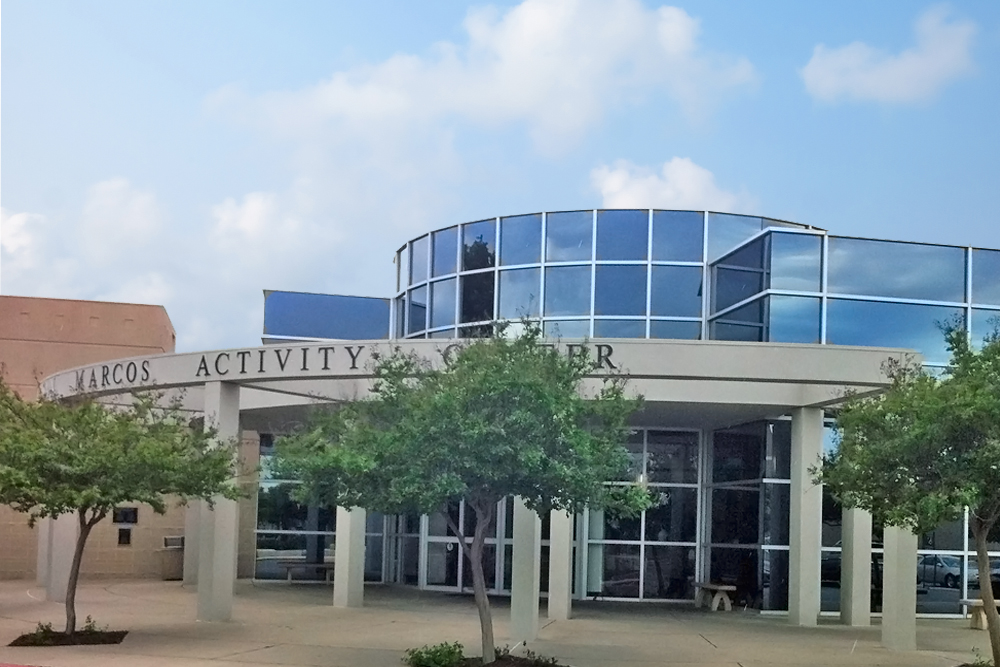Humanitarian Drones And Evolving Tech At SXSW
Humanitarian Drones And Evolving Tech At SXSW
by, Nicole Barrios
Drones were a hot topic at the second day of the South by Southwest Interactive festival Saturday.
The panel ‘Humanitarian Drones: locating Vietnam era bombs’ was one of four sessions that focused on the topic of drones and the technology related to them. At the panel put on in the Austin Convention Center, Adam Rabinowitz, associate professor at the University of Texas at Austin, and Ryan Baker, CEO and founder of Arch Aerial LLC, presented and took audience questions.
The panelists began by explain some industry acronyms for the audience. A drone can be called an “unmanned aerial system” or UAS. A bomb is often referred to as a UXO or “unexploded ordinance.”
Rabinowitz was familiar with the use of drones in archeological sites to survey the land. Baker’s company, Arch Aerial, was paring drones with remote sensing technology to locate UXOs and identify areas with high numbers of them.
When archeologists go out for an excavation, they often do not know what unexploded bombs they will dig into that rest right below the surface. In countries with an ancient history and/or recent history of war, children, farmers and researchers can stumble upon UXOs and risk death or bodily harm by touching them.
The unknown amount and location of UXOs is dangerous for archeologists working in places like Crimea with a history of war, Rabinowitz said.
New technology now used with drones can see through vegetation and map the ground level to find explosives, Baker said.
The program is called LiDAR, visual mapping software that can see what lies on the surface. LiDAR technology helps archeologists and humanitarians find areas that are dangerous to dig in so everyone going in is prepared.
When this program is paired with the use of drones is reduces costs.
In the past, LiDAR units used to be expensive and require the use of planes. Researchers would have to rent a plane and have flight plans approved to use LiDAR tech for surveying topography. Now smaller units can be used in drones instead.
So far, there is not a way to find individual explosives by using drones. They can only see areas of where multiple are, but this technology can help save lives, Baker said.
Cultural barriers now somewhat hinder drone use, Baker said. People in other countries associate drones with government surveillance instead of humanitarian efforts. Many are distrusting when they see drones and relate them with the idea of war and danger.
Researchers are working on improving methods and perfecting the use of drones to locate the unexploded bombs in war-torn areas.
Nicole Barrios is the Editor-in-chief for the University Star where this story originally published. It is reprinted here through a news partnership between the University Star and Corridor News.






